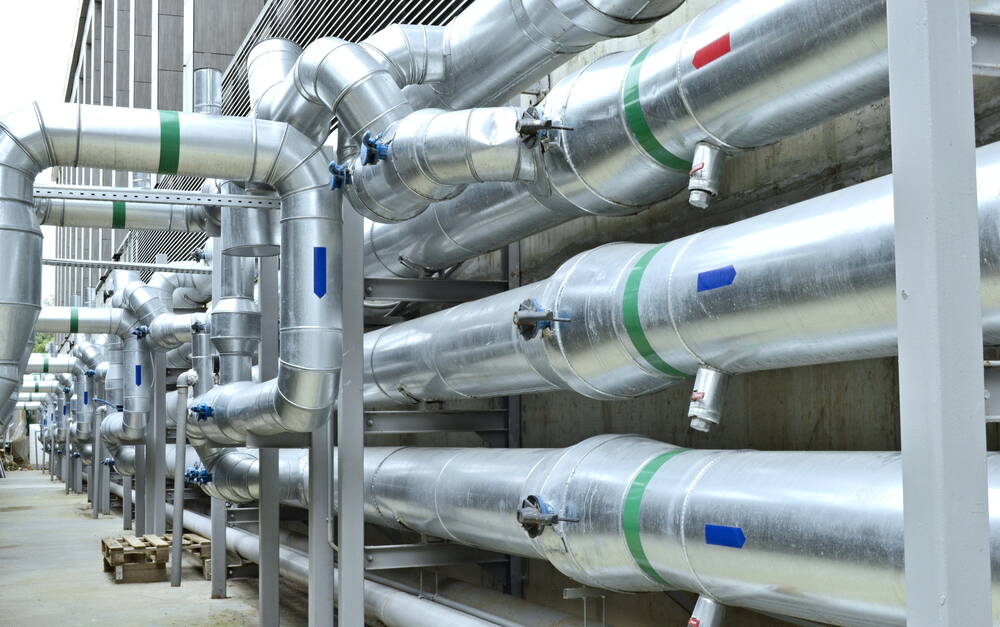Google plans to invest €1 billion to expand its datacenter campus in Finland – a move that will both bolster its AI compute capacity and reclaim the thermal energy generated by power hungry accelerators to heat local homes.
The Nordic region has several advantages for datacenter construction. Its cool climate makes techniques like “free cooling” possible for much of the year, improving efficiency while also reducing water consumption.
The area also benefits from an abundance of hydroelectric and wind power – an attractive prospect for cloud providers looking to scale their AI compute capabilities without compromising on their carbon emission reduction commitments. Then of course there are the often significant tax breaks aimed at attracting investment in the region.
Google has operated a datacenter campus in Hamina, along the Gulf of Finland, going back to 2009. If the Chocolate Factory is to be believed, 97 percent of the facility’s power comes from renewable sources, like wind or hydro. Up to this point, heat generated by the facility has been captured and used to warm adjacent Google office buildings and facilities.
Beginning next year, Google plans to begin offloading the thermal energy generated by the facility to neighboring homes, through a partnership with local energy company Haminan Energia. Much of this heat will come from a €1 billion ($1.1 billion) expansion to the datacenter complex designed to bolster Google’s AI compute capacity, it revealed on Monday.
The site’s expansion is expected to create 500 jobs – including 400 contractor roles and 100 full-time positions – once the new bit barns are operational.

Waste heat from Google’s datacenter campus in Hamina, Finland will provide 80 percent of the city’s district heating demand, according to the Chocolate Factory – Click to enlarge
“Finland plays a critical role in building Europe’s digital economy, and the strong tradition for innovation in Hamina and the Kymenlaakso region has been crucial to this,” Joe Kava, VP of Google datacenters, gushed in a canned statement.
“Our continued investment in our datacenter in Hamina is a testimony to Finland’s role as a digital frontrunner and will help to further unlock the potential of AI among companies in the Kymenlaakso region, across the country and in Europe.”
AI inferencing generally benefits from lower latencies – meaning datacenters that run it can usefully be located near large population centers. Training new models isn’t latency sensitive, leading many to suggest that training clusters be built at higher latitudes in locations with cooler climates, an abundance of clean energy, and the potential for heat reuse.
For example, at Super Computing in Denver last year, HPE’s Nicolas Dubé posited that training GPT-3 once could provide enough warm water to heat 4.6 greenhouses and produce just over a million tomatoes.
In the case of Google’s datacenters outside Hamina, the search giant claims they’ll supply 80 percent of residents’ annual heating demands. This heat will be provided to the local community at no cost, Google declared in a blog post on Monday.
Waste heat from the project is expected to begin flowing into Hamina’s district grid in late 2025.
Google wll not be the first to repurpose datacenter waste heat to warm a district. LUMI, Europe’s largest supercomputer as of this northern spring, is located in Kajaani, Finland and provides 20 percent of the city’s heating demand.
However, as we’ve previously discussed, datacenter-fed district heating schemes aren’t without challenges. In February, TechUK published a report on the concept that highlighted numerous hurdles to embracing the technology.
Chief among the challenges is that many existing heating networks may need to be modernized to support the waste heat generated by datacenters. Another issue is that when datacenters first open, they often operate at a fraction of their design capacity – meaning it could take years before the facility is ready to contribute meaningfully to district heating needs. ®

